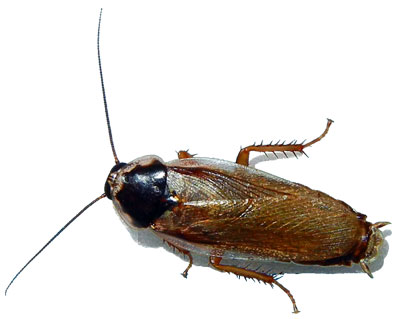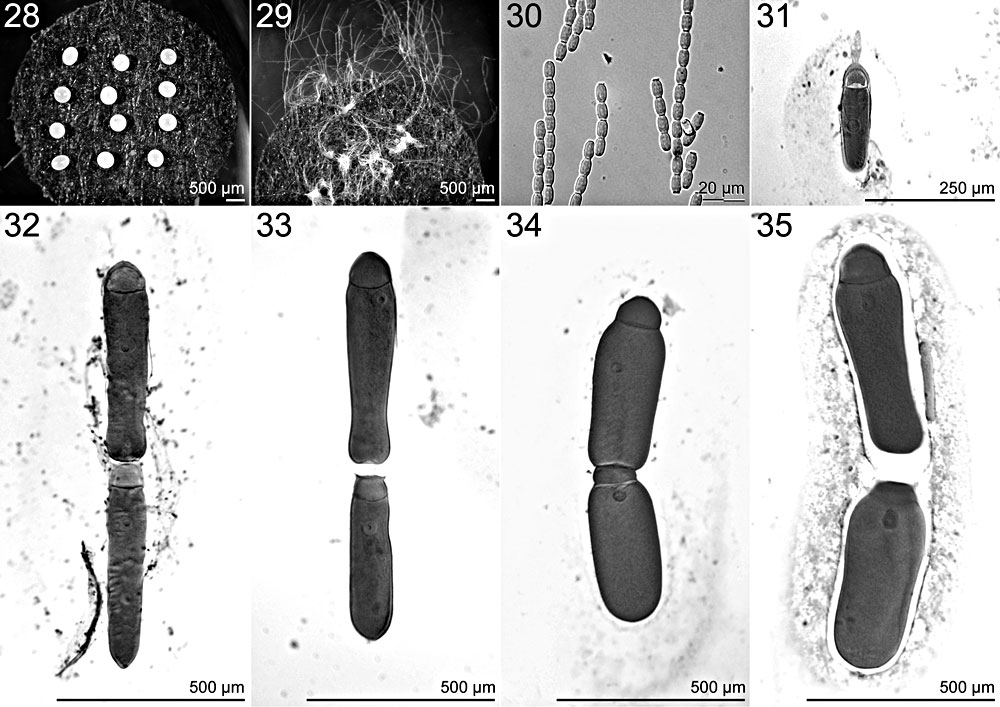Gregarines from Phoetalia pallida
The pallid or pale-bordered cockroach, Phoetalia pallida originated in the West Indies but is now believed to be circumtropical in distribution. It has been considered an invasive pest by some nations and collections from wild populations are documented from Ecuador, Guatemala, Brazil, Mexico, Cuba, Martinique, San Domingo, the Antilles, and the FLorida Keys (U.S.A.) in the New World, as well as the Canary Islands, Denmark, and Spain in the Old World. Additional sampling will probably confirm the circumtropical distribution of this species.
Phoetalia pallida hosts 1 gregarine species, Protomagalhaensia cerastes Clopton, 2010 which we described from laboratory cultures as part of our survey of gregarine biodiversity.
Clopton, R. E. 2010. Protomagalhaensia cerastes n. sp. (Apicomplexa: Eugregarinida: Blabericolidae) Parasitizing the Pallid Cockroach, Phoetalia pallida (Dictyoptera: Blaberidae). Comparative Parasitology 77(2): 117-124. PDF

Phoetalia pallida, adult.

Protomagalhaensia cerastes, life cycle stages. (1) Young trophozoite with epimerite fully embedded within a host cell, protomerite and deutomerite extracellular. (2-4) Trophozoites displaying typical lability of the epimerite. (5) Small gamonts in broken association. (6) Acetabular association interface of satellite. (7-9) Gamonts in association. (10) Gametocysts. (11) Monete oocyst chains extruded from mature gametocyst. (12) Monete oocyst chain. (13) Single oocysts showing polar plates and distinct, spherical polar residuua. (From Clopton, 2010).
